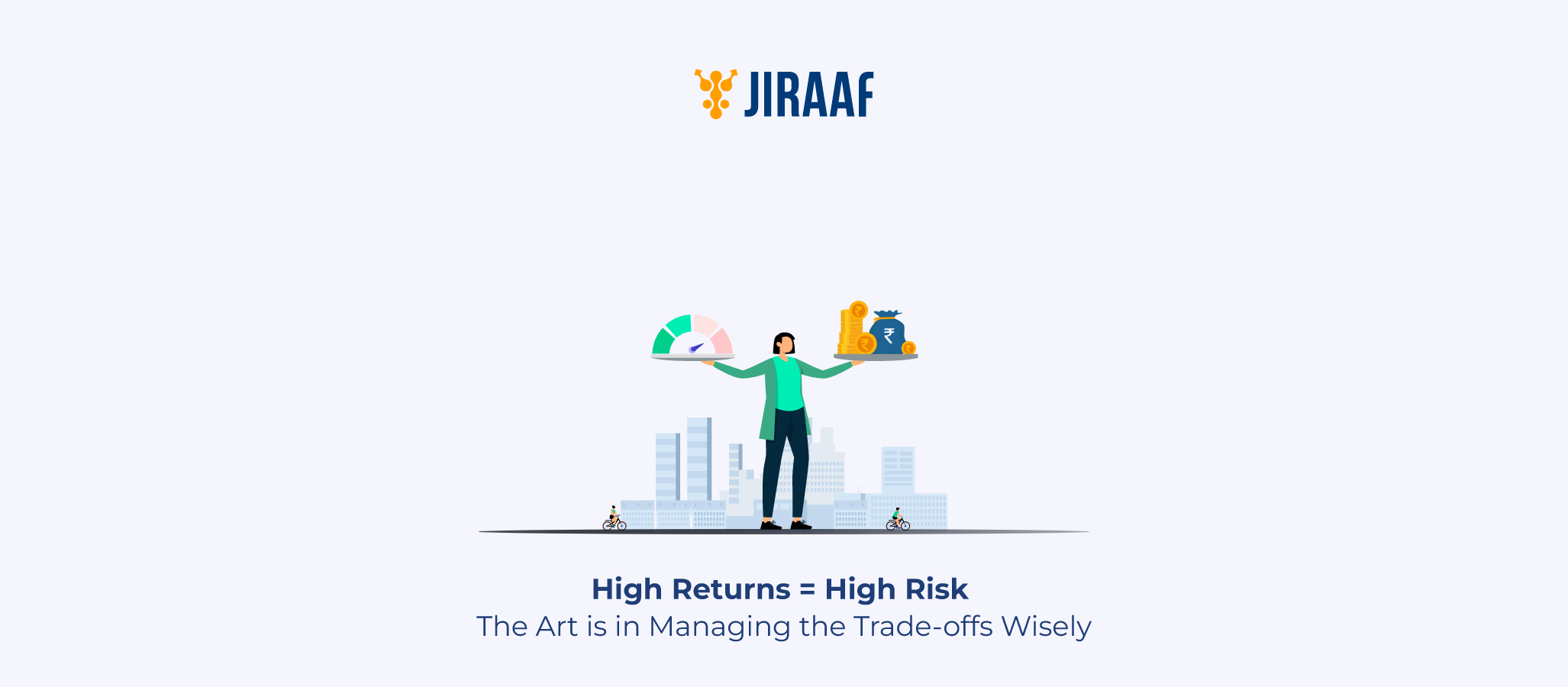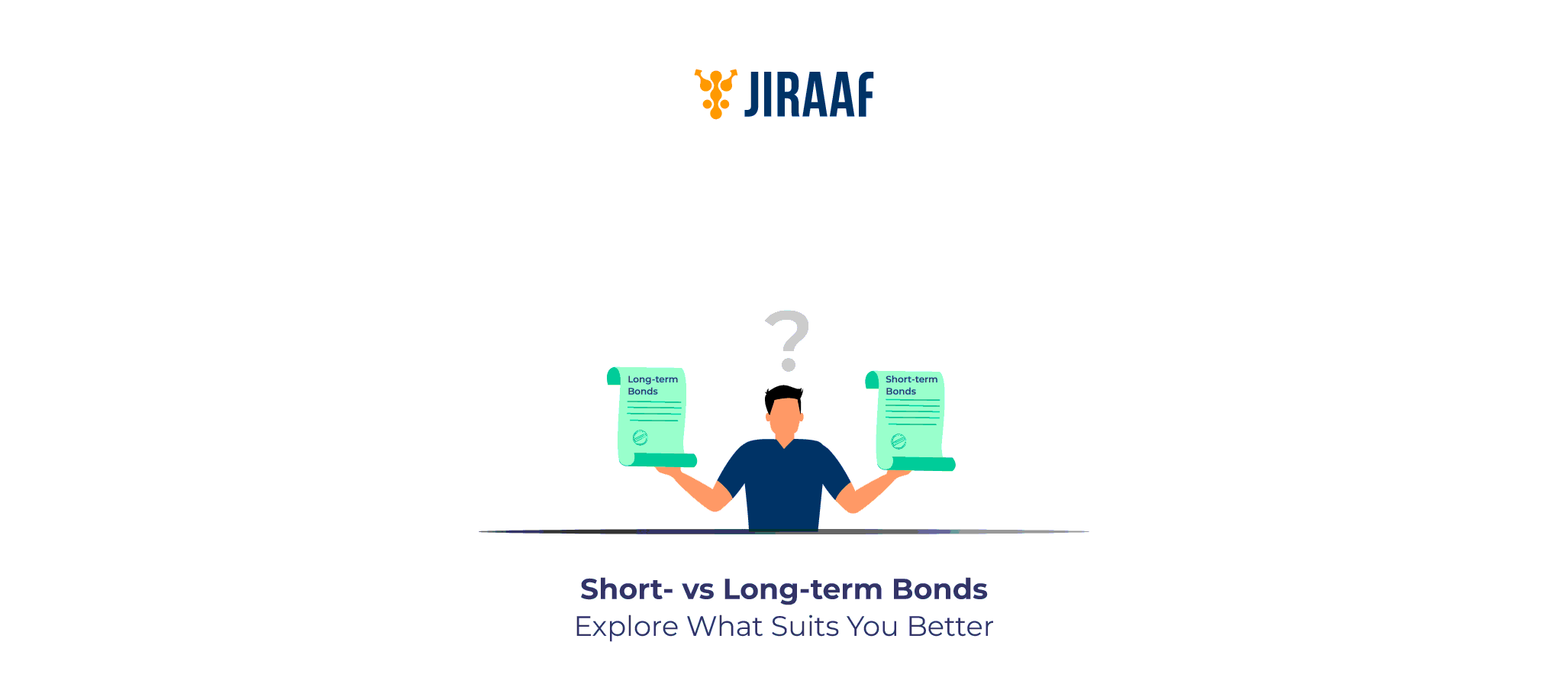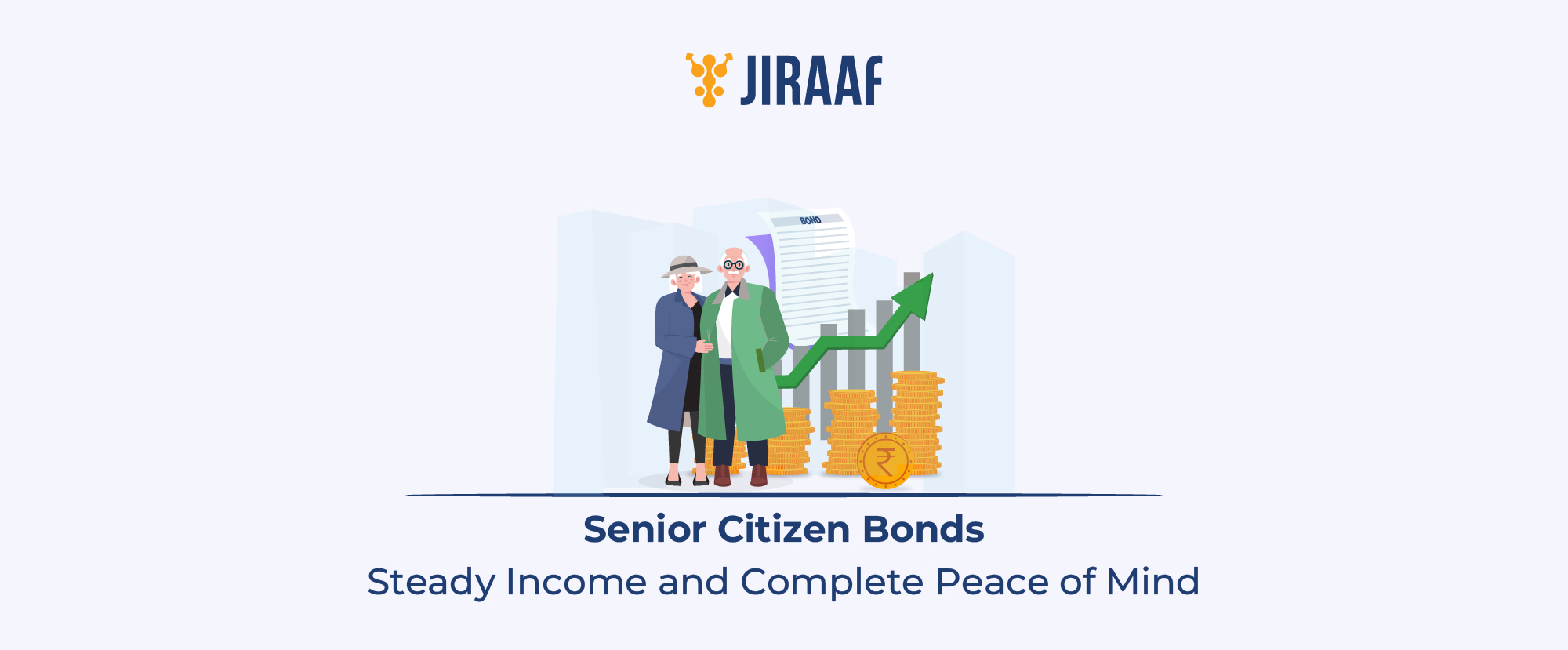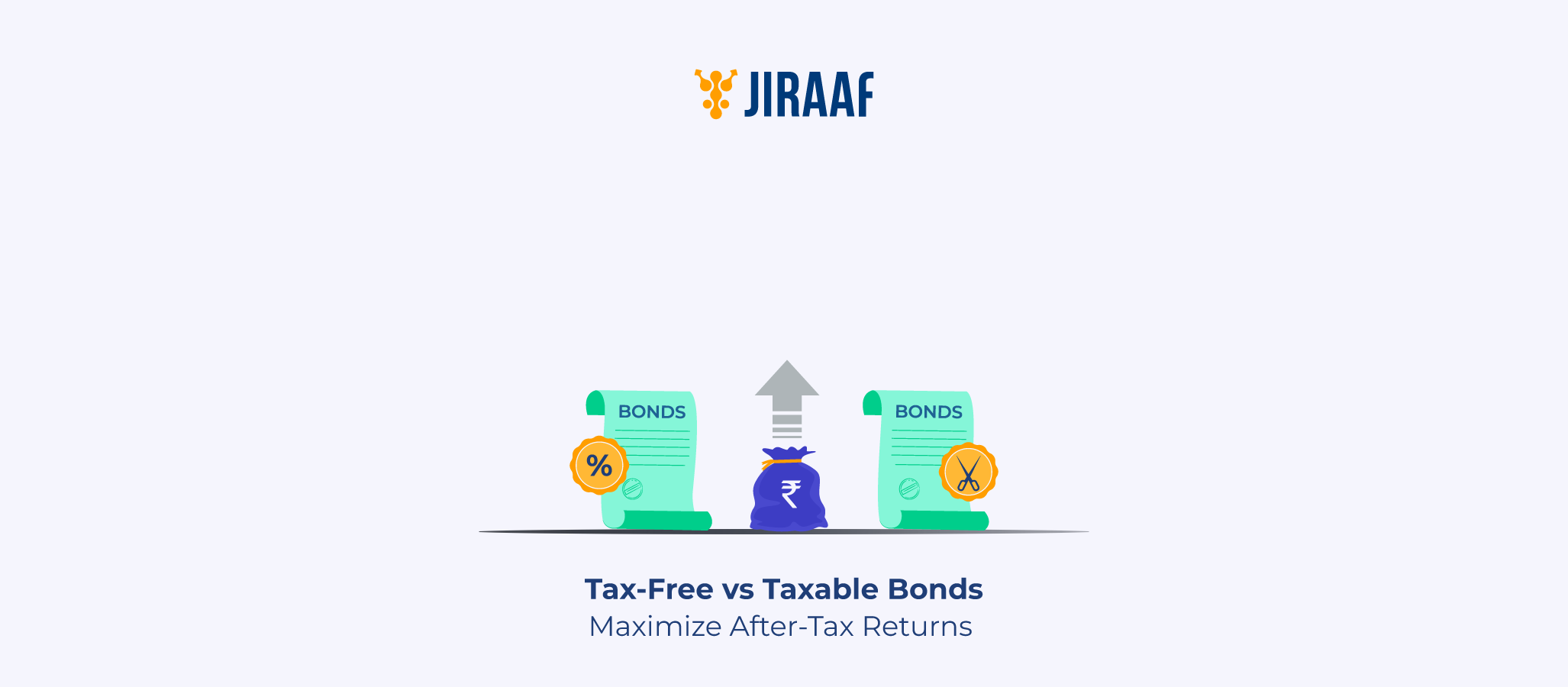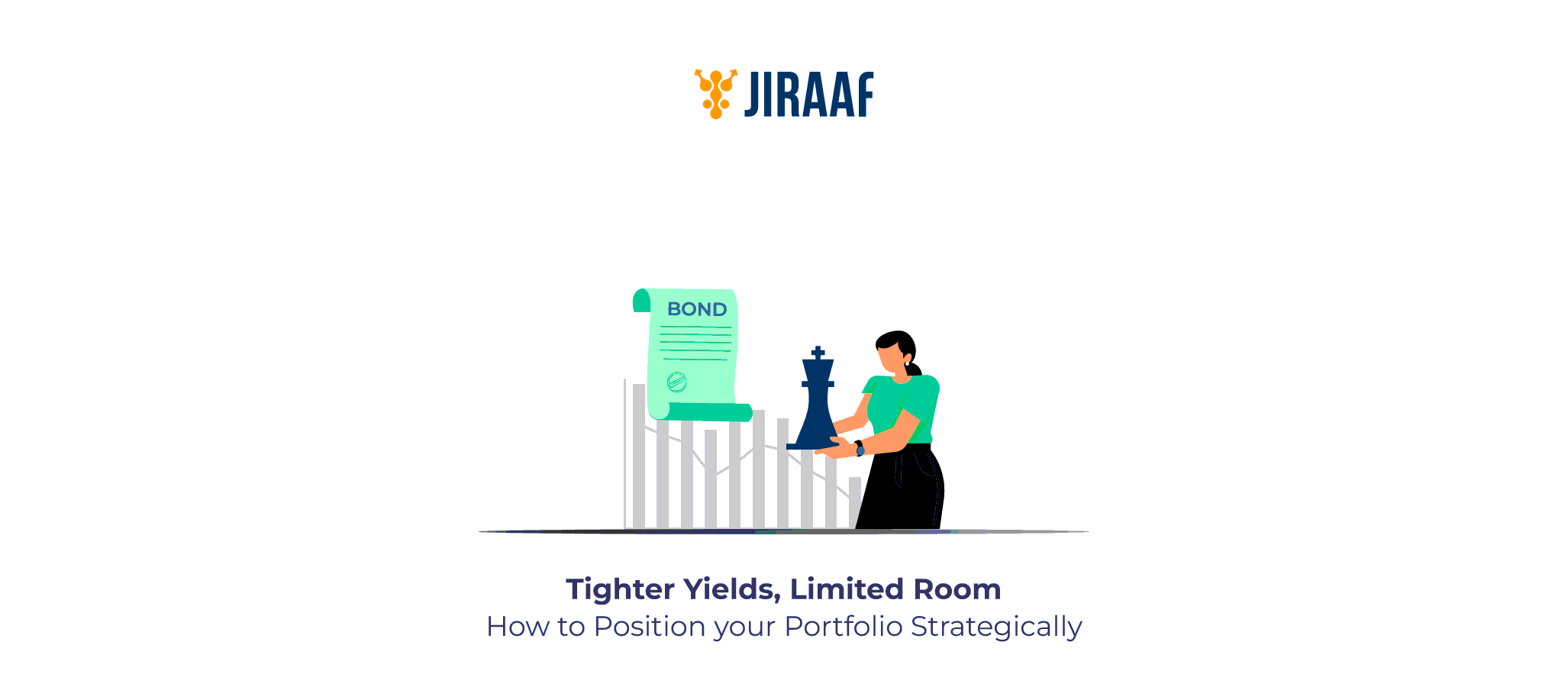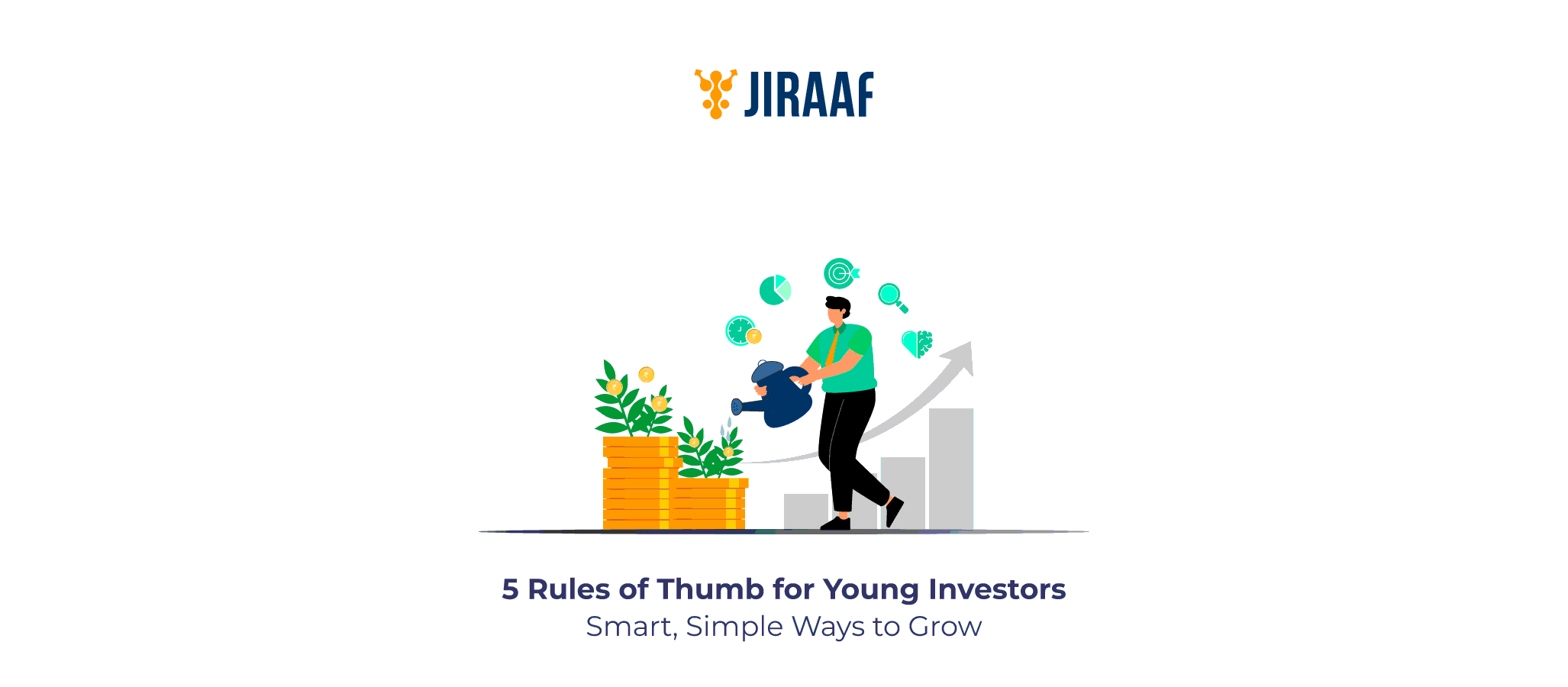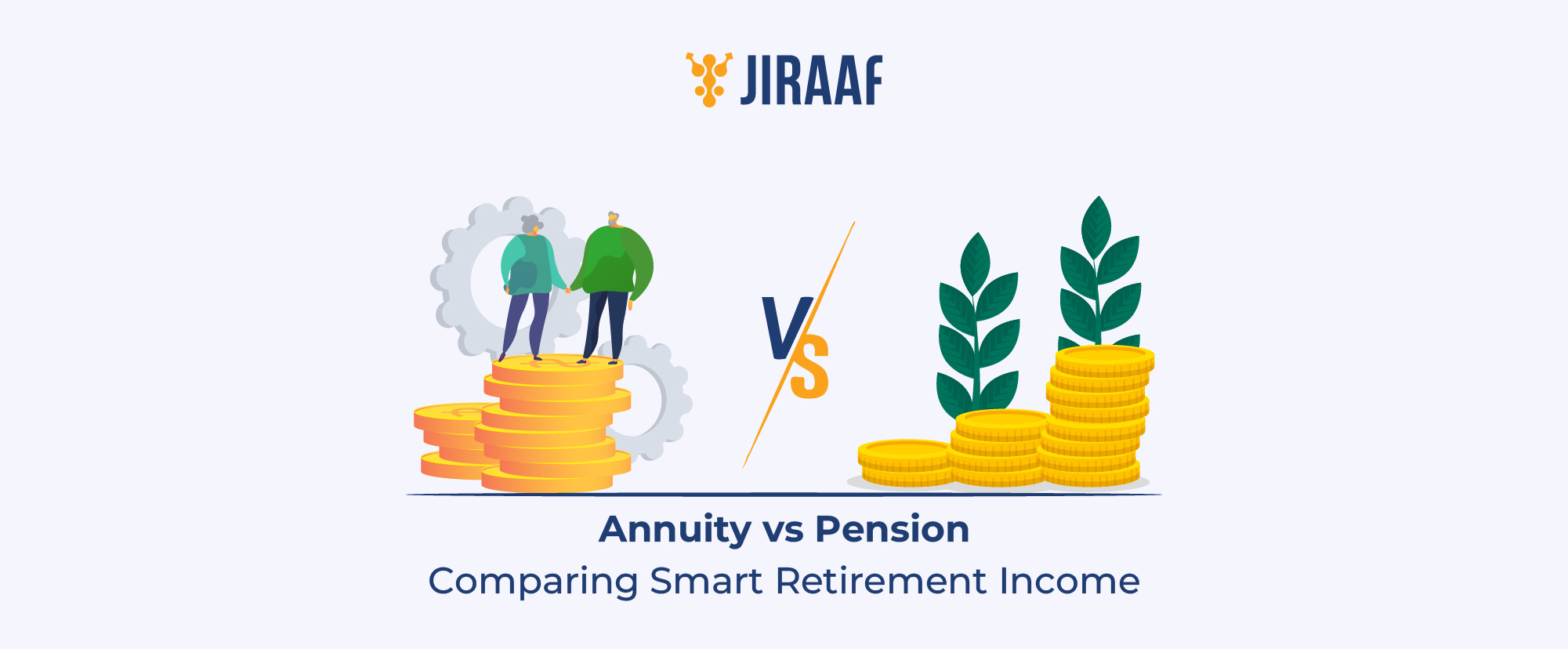High-yield bonds are often misunderstood, seen as too risky for conservative investors and too modest for aggressive ones. But in reality, they occupy a sweet spot only a few other instruments can match. When picked wisely, these bonds hold the power to offer superior returns compared to other bonds and more stability than equities.
In this blog, we’ll help you understand what high-yield bonds are, how they work, and most importantly, how they can transform your portfolio into a smarter, better-balanced source of consistent income.
What are High-yield Bonds?
High-yield bonds are issued by private companies, public enterprises, and NBFCs that offer you the potential to lock in 8% to 15% returns annually.
Generally, bonds offering higher yield carry more risk when compared to AAA or AA- rated bonds issued by governments and government-backed entities. To offset this additional risk, high-yield bonds compensate investors by offering higher returns.
However, the risk we have mentioned here is negligible compared to the fluctuations of the equity market. Here’s a detailed outlook on why your portfolio should include high-yield bonds.
Why Should I Invest in High Yield Bonds?
An efficient investment portfolio must factor in what returns you earn against the risk you assume. This same theory also applies to the case of high yield bonds.
Bonds rated A to BBB- typically carry higher credit risk than AAA or AA-rated instruments. However, when compared to equity markets, they exhibit lower volatility and more predictable income streams. This feature makes high yield bonds a lucrative investment option for investors seeking moderate risk with enhanced returns. That said, you should always carefully evaluate your financial position, risk tolerance, and investment objectives before investing in high-yield bonds.
The image below from CRISIL illustrates the historical default rates of bonds across various credit ratings over the past three years.

As you can see, CRISIL A rated bonds only saw
- 0.07% defaults in a one-year period
- 0.34% defaults in a two-year period
- 0.69% defaults in a three-year period
Furthermore, the default risk only increased from 0.52% in one year to 2.49% in a three-year period in the CRISIL BBB rated high yield bonds.
These bonds have the upper hand when compared to the volatility and risk associated with other investment categories in the Indian capital markets. Let us take a look at other benefits of high-yield bonds.
Benefits of Investing in High Yield Bonds
- Offers Higher Returns
High yield bonds offer investors the chance of earning higher interest rates when compared to other bonds. For example, government bonds offer anywhere in the range of 5.5% to 7% while high yield bonds offer 8% to 15%.
- Gives More Security
In the event of a default on secured high-yield bonds, the collateralized assets can be liquidated to help investors recover all or a portion of their invested capital, providing an added layer of protection.
- Helps Diversify Portfolio
If your portfolio is heavily invested in equities additional fixed deposits, you can add high-yield bonds as well for balancing risk and generating modest returns without fully exposing yourself to market volatility
- Appreciates in Value
High-yield bonds have the potential for significant price gains in the secondary market. If the issuer’s performance improves or their credit rating is upgraded, these bonds can be sold at a premium, offering you an attractive upside move beyond regular interest income.
Despite offering higher interest rates, high-yield bonds accounted for less than 5% of India’s overall bond market as of June 2024, reflecting the market’s cautious stance toward credit risk. Let us talk about three additional risks associated with these bonds.
Risks Involved in High Yield Bonds
- Market and Volatility Risks
Compared with AAA to AA- rated bonds, high-yield bonds tend to be more volatile due to their higher sensitivity to economic cycles, interest rate changes, and issuer-specific news.
- Credit/Default Risk
Credit or default risk in high-yield bonds can arise if the issuer becomes unable to make timely interest or principal payments due to factors such as deteriorating financial health, weak cash flows, excessive leverage, adverse economic conditions, etc.
- Liquidity Risk
Liquidity risk in high-yield bonds arises because these instruments are typically rated lower than AAA to A category bonds, making them less popular in the secondary markets. This leads to lesser demand and lower liquidity for these instruments.
Now that we have carefully assessed both benefits and risks associated with high-yield bonds, it is time to discuss whether high-yield bonds are a good fit for your portfolio.
How to Gain Access to High-yield Bonds?
You can directly purchase individual bonds through Online Bond Platform Providers like Jiraaf (regulated by both RBI and SEBI).
Pro Tip: Use Jiraaf’s bond analyser tool to compare an individual bond’s yield with other high-yield bonds and their issuers to make an informed, data-backed investment decision.
Another way investors can gain indirect exposure to high-yield bonds is through mutual funds that specialize in them. A debt mutual fund lets you purchase units of the mutual fund, and the fund manager handles the investment strategy. The manager spreads the investment across a range of bonds from different issuers, helping mitigate risk through diversification.
The Final Word
High-yield bonds are increasingly becoming a smart addition to well-balanced portfolios, not to replace safer options, but to add a layer of strategic growth. Having them in your portfolio not only reduces your overall dependency on equity markets, but also provides your portfolio with modest, risk-adjusted returns.
Always remember, the key to successful debt investing is to understand the issuer’s fundamentals, track rating trends using the tools at your disposal, and align investments with your financial goals and risk tolerance.
FAQs About High-yield Bond’s Place in Investor’s Portfolio
High-yield bonds are debt instruments issued by private companies, public enterprises, and NBFCs, typically rated between A and BBB-. They offer higher returns (8% to 15%) compared to AAA or AA-rated bonds, compensating investors for taking slightly higher credit risk.
Investors seeking better returns than FDs or government bonds, but without the volatility of stocks, can consider them. They’re best suited for those with a moderate risk of appetite and long-term goals.
Retail investors can buy them through Online Bond Platform Providers (OBPPs) like Jiraaf, which are regulated by SEBI and RBI. These platforms provide easy access, research tools, and transparent credit assessments.
The main risks include credit/default risk, liquidity constraints, and market volatility. However, diversification and careful evaluation of issuer ratings can help mitigate these risks effectively.
